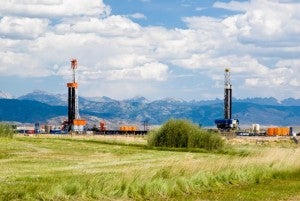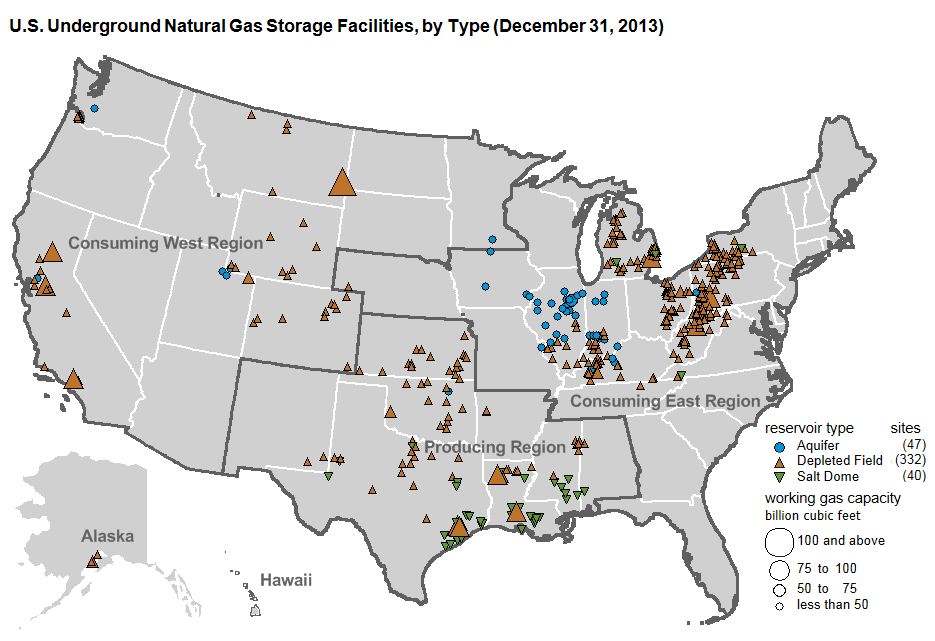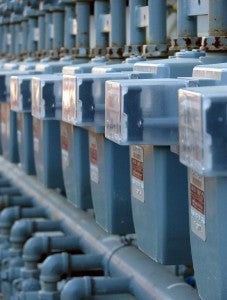 We’re less than a month into 2016, and there are already signs that this could be the year the United States finally gets serious about addressing methane pollution from the oil and gas industry.
We’re less than a month into 2016, and there are already signs that this could be the year the United States finally gets serious about addressing methane pollution from the oil and gas industry.
Some strong first steps in 2015 got the ball rolling, and now attention-grabbing events like the massive methane leak in Southern California and the announcement that 2015 was the warmest year on record are opening people’s eyes to the urgency of tackling this potent climate-forcing pollution.
Great Strides Made in 2015
Many important first steps to curb oil and gas methane pollution were taken in 2015, most notably, the Obama administration setting a goal of reducing this pollution 40 to 45 percent by 2025. To help achieve this goal, the U.S. Environmental Protection Agency (EPA) in August proposed a national methane emissions standard for newly built oil and gas sources. Read More













 No one likes uncertainty, least of all investors. From changes in interest rates, to supply chain disruptions, the list of risks investors must monitor is long and growing. Good, actionable information is investors’ most important tool for risk management and integral to successful investing. Without proper data, investors are flying blind.
No one likes uncertainty, least of all investors. From changes in interest rates, to supply chain disruptions, the list of risks investors must monitor is long and growing. Good, actionable information is investors’ most important tool for risk management and integral to successful investing. Without proper data, investors are flying blind.